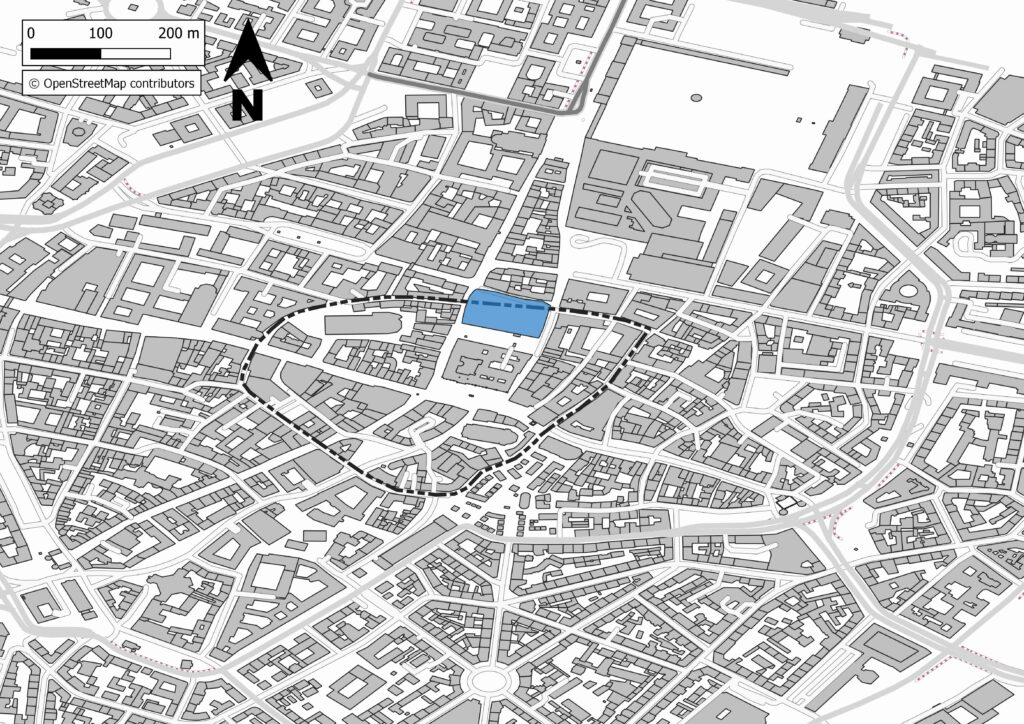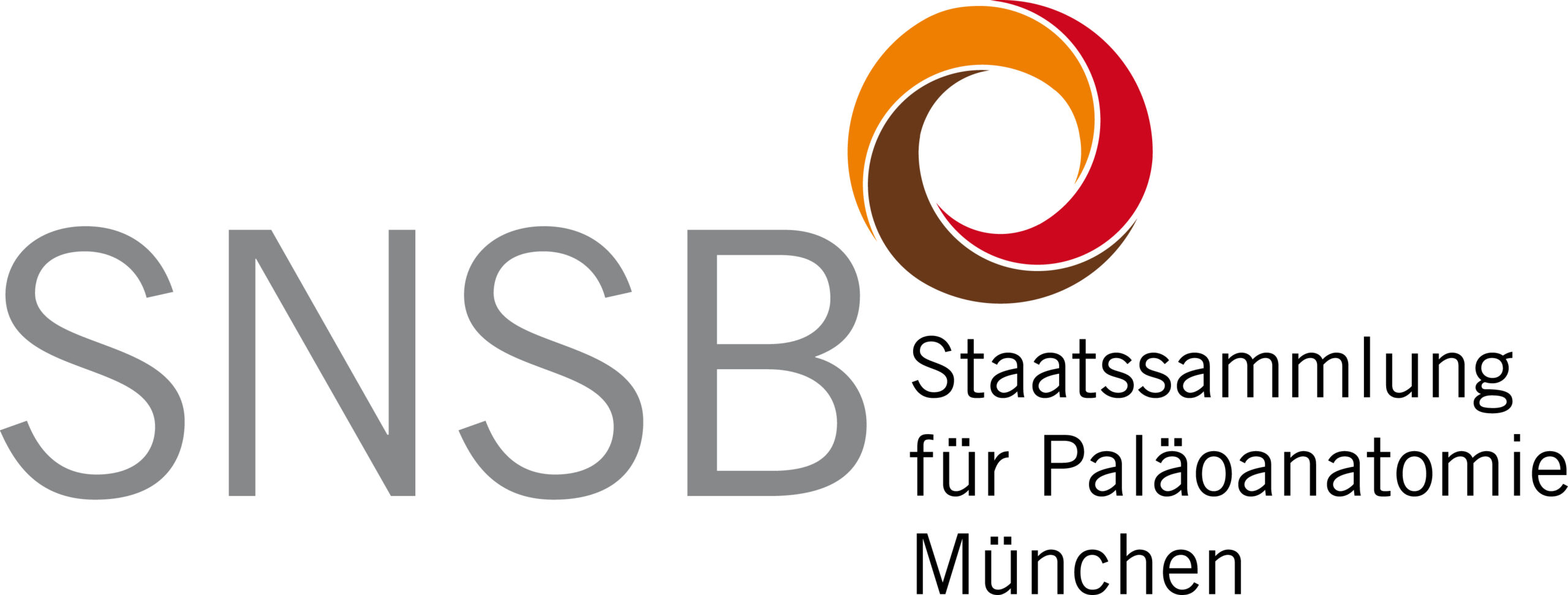The Great Ditch and the Many Shafts. Archaeozoology of Medieval Munich

Location of Munich’s first medieval city center within today’s city center (dashed line). The excavation area of Marienhof is marked in blue. Created by Ptolemaios Paxinos with QGIS 3.16.8 Hannover using OpenStreetMap. (www.opendatacommons.org/licenses/odbl).
The excavations on the “Marienhof” in Munich behind the city hall represent the largest archaeological procedure in the old town of Munich to date. In addition to the city moat, numerous shafts (i.e. latrines, cesspools and wells) were excavated, covering the period from the High Middle Ages to the early modern period. Munich had hardly been explored from an archaeozoological point of view until now. As part of the reappraisal of the excavation project “Marienhof”, this extensive material, now housed in the SPM, has now been examined in detail and published by Ptolemaios Paxinos. The quantity of animal remains from the excavation at Marienhof (> 25,000 specific bone fragments) makes it possible not only to draw statistically significant conclusions about the dietary habits of the city’s inhabitants, but also to shed light on the relationship between the people of Munich and their livestock.
At the time, Munich, like so many other cities in Germany, was a “cattle city”, as the large ruminant was by far the most common farm animal. Pigs and sheep played a much smaller role, but were also valued for their fat, meat and, in the case of sheep, milk and wool. The importance of chickens for the city is surprising. For example, they are the most common animal species in two of the shafts, but they were also significantly more important in comparison with the findings from other southern German cities. The remains of geese and ducks were mainly from domestic fowl with only very few bones of wild relativesAmong the few records of wild mammals, remains of typical hunting game were identified on the one hand (including red deer, roe deer, wild boar, bear), but also skeletal remains of animals that found their way into the pits on their own. These include, for example, the numerous rat bones, as well as the bones of house and field mice.
Most of the bones are slaughter or consumption refuse. In addition, the animal remains also yielded evidence of the use of animal products in crafts. Thus, the numerous cattle horn cores from the city moat clearly point to horn carvers who processed the horn sheaths into useful objects. Written records show that not only patrician and council families, but also craftsmen resided here. Each of the shafts also tells its own story. Two good examples are the two neighboring shafts 1 and 5. In shaft 1 numerous rat bones were found, which, in so far as it could be assessed, came from black rats (Rattus rattus). The clustered occurrence of these rodents in a single finding is an indication that the local residents were dealing with a rat infestation. In Shaft 5, on the other hand, rats are completely absent. Instead, numerous bones of frogs, dogs and cats (partly with traces of dismemberment) were found, but also numerous bones of juvenile and fetal farm animals as well as the near-complete skeleton of a cow. Fallen animals and animals not used for food were thus disposed of in this shaft.
The excavations at the Marienhof impressively demonstrate how, on the basis of extensive animal bone findings, the relationship between humans and animals and aspects of everyday life in medieval Munich can be retraced in great detail.

Literature
Paxinos, P. (2022) Archäozoologie der Abfallschächte: Ergebnisse aus der Ausgrabung „Marienhof“, München. In: N. Benecke (Hrsg.) Leben in der mittelalterlichen Stadt – neue archäobiologische Forschungen. Workshop 29. November 2019, Berlin. Archäometrische Studien 2: XXX-XXX. Reichert Verlag: Wiesbaden.

